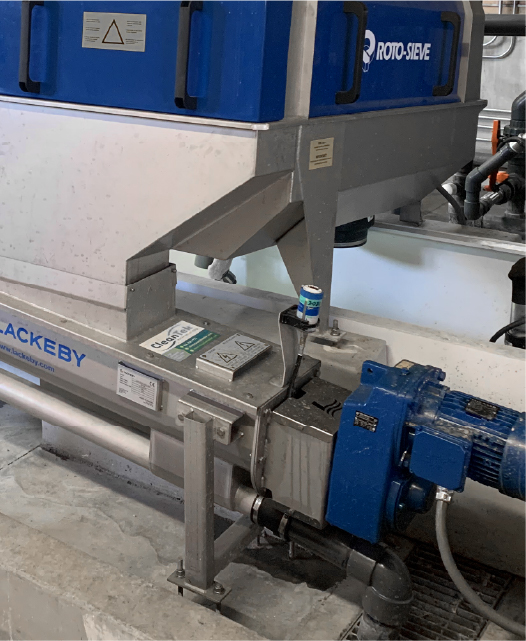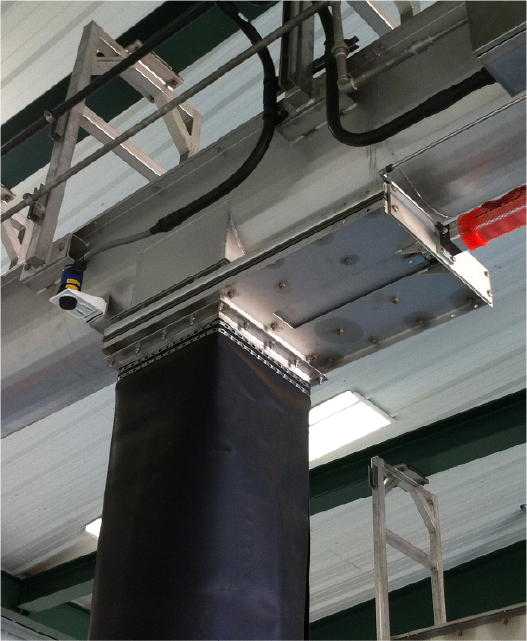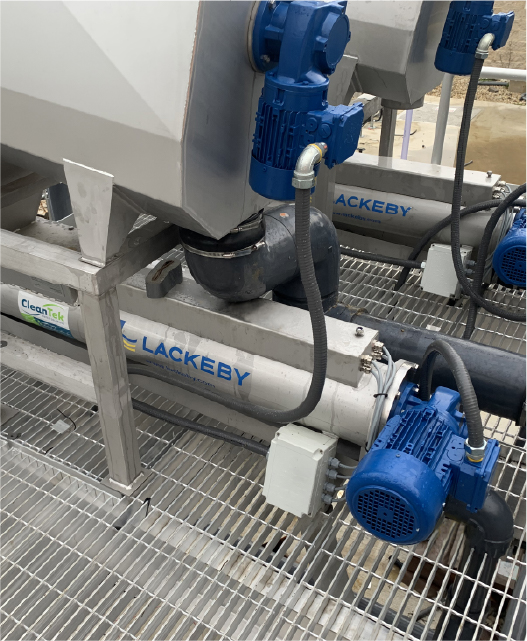Conveying and
Dewatering
Solutions
Conveying and
Dewatering
Solutions
OVERVIEW
OVERVIEW
Solids Handling
Headworks processes commonly require that solids materials from screening, grit removal, or sludge processing applications be further dewatered and/or transported to another location in the plant. A Shaftless Screw Compactor or Piston Press can dewater, compact, and transport solids produced from various processes. Additionally, a Shaftless Screw Conveyor system can easily and efficiently transport solids like screenings or sludge to various points within a plant or to a final disposal bin.
Conveying & Dewatering Products
Many waste management operations have solids that need to be handled. Screenings and solids from these processes can be handled easily and efficiently with equipment from Cleantek Water Solutions.
With the SCP Shaftless Screw Compactor, solids can be efficiently compacted and dewatered no matter what the application. The compacting helps squeeze out more water from the solids and helps reduce waste removal costs.
The Piston Press can also help in compacting and dewatering of solids in low volume applications where installation space is a constraint.
In cases where the transportation of solids is the only need, the SC Shaftless Screw Conveyor is the answer. The system can effectively transport screenings, sludge, and other solids to almost any required location. A complete system can be designed through the use of horizontal, inclined, and vertical shaftless screw conveyors.





